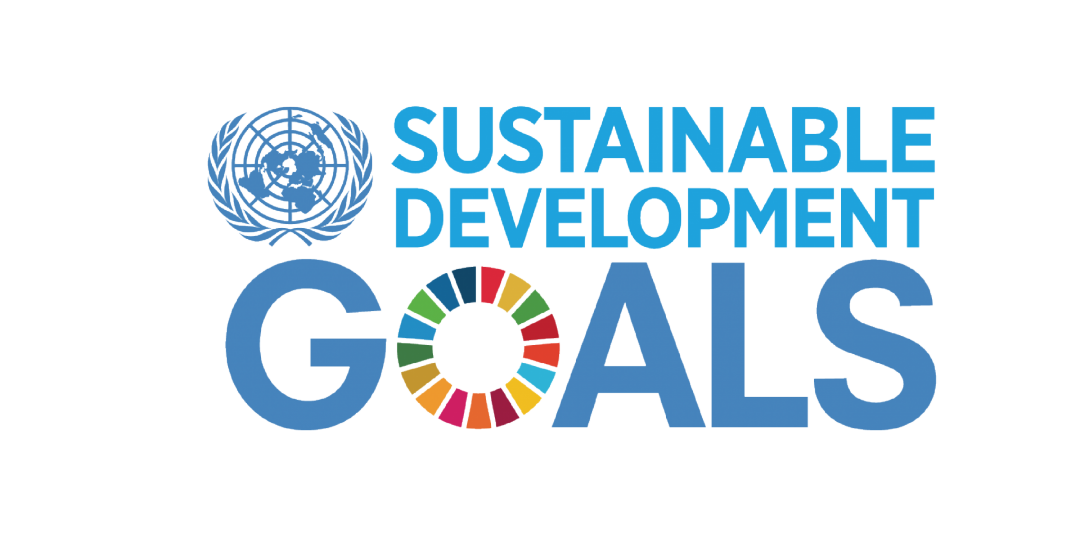

ISO 14064-2: Carbon offsetting, removal, and reduction projects
What is ISO 14064-2?
ISO 14064-2 offers comprehensive guidance for quantifying, monitoring, and reporting GHG emissions reduction and removal at the project level. ISO 140641 meticulously validates the structure of carbon offsetting projects through various requirements. The standard also conducts verification procedures to ascertain the actual reduction of emissions resulting from the operation of these projects throughout their lifecycle.
How to offset, remove, and reduce carbon emissions?
To reduce their carbon footprint, organisations must explore strategies to curtail or mitigate their greenhouse gas (GHG) emissions. Companies can counterbalance emissions by investing in carbon credits to address them that cannot be fully avoided. Alternatively, companies implement smaller carbon footprint technology to reduce GHG emissions.
Why does the company need carbon offsetting, removal, and reduction?
With mounting pressure to lower GHG emissions, businesses increasingly use carbon offsetting, removal, and reduction strategies to fulfil their emission reduction targets. Carbon offsetting empowers companies to purchase offset credits that contribute to projects designed to diminish or prevent GHG emissions. This mechanism allows businesses to "neutralise" their remaining emissions, thus enabling them to claim carbon neutrality legitimately. Organisations also have the choice to engage in carbon removal, which involves directly extracting emissions from the atmosphere. This avenue aids companies in offsetting residual emissions, thereby bringing them closer to achieving their net-zero objectives. Also, companies could explore green technologies to reduce GHG emissions, such as solar and wind energy adoption.
What do MyCO2 offer?
MyCO2 provides validation and verification services aligned with ISO 14064-2, empowering companies to offer stakeholders transparency when planning GHG reduction projects and reporting on project performance.
